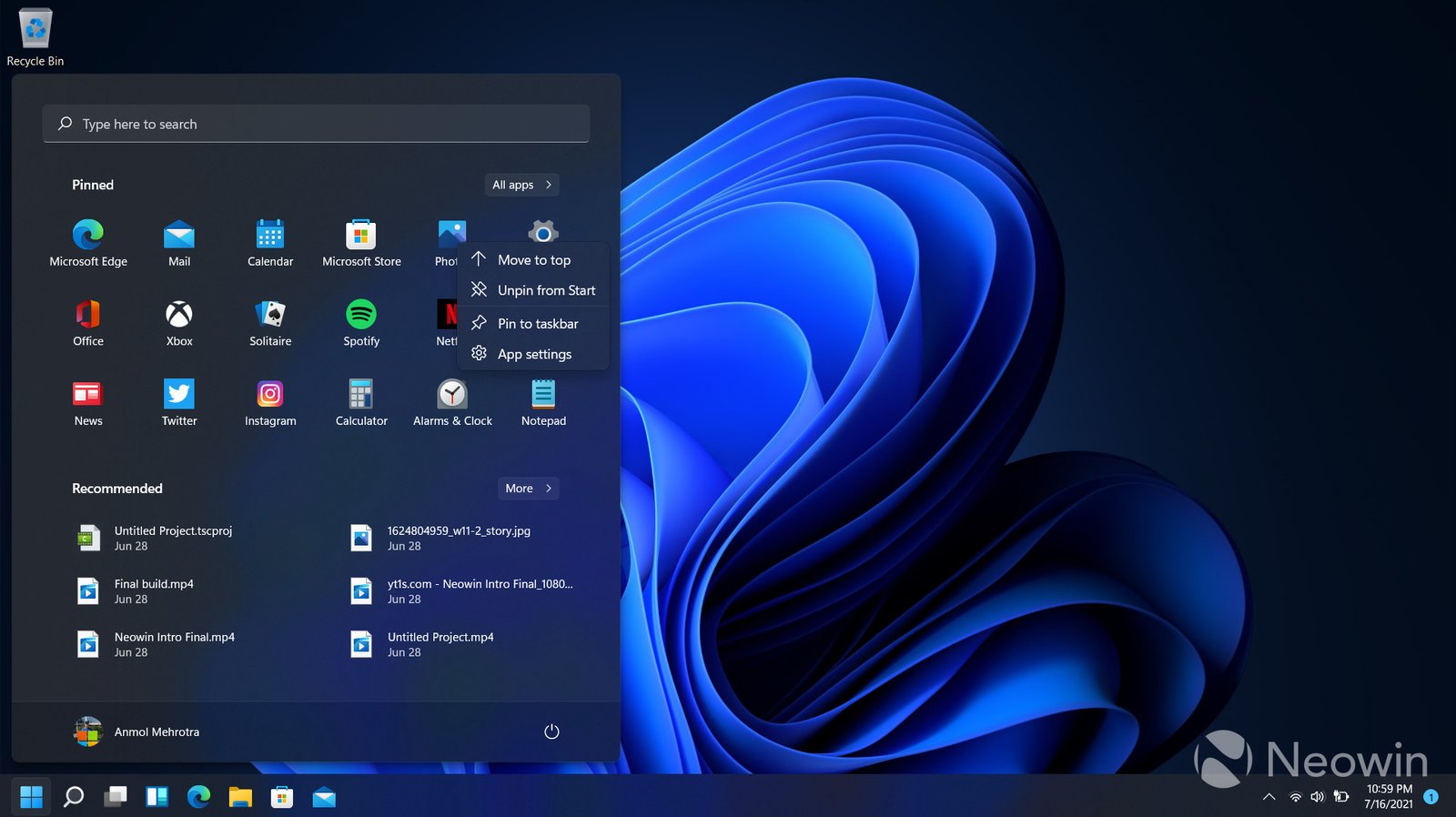In today’s tech-driven world, selecting the right laptop can be a daunting task, especially with the vast array of options available. Whether you’re a student, a professional, a gamer, or someone who needs a laptop for everyday tasks, finding a device that meets your specific needs is crucial. This guide will help you navigate through the key factors to consider when choosing the perfect laptop.
1. Identify Your Primary Use Case
Before diving into technical specifications, start by understanding what you’ll primarily use your laptop for. Different use cases require different features:
- Students: Look for a balance between performance and portability, with good battery life and a reasonable price.
- Professionals: Depending on your field, you may need a powerful processor, ample storage, and a high-quality display.
- Gamers: Focus on a laptop with a high-performance GPU, fast processor, and high refresh rate screen.
- Everyday Users: If your needs are basic, like browsing the web, streaming videos, and word processing, you can opt for a budget-friendly model.
2. Consider the Operating System
The operating system (OS) is the backbone of your laptop experience. The three main options are:
- Windows: Versatile and compatible with most software, suitable for a wide range of users.
- macOS: Known for its smooth user interface, ideal for creative professionals and users invested in the Apple ecosystem.
- Chrome OS: Lightweight and cloud-based, perfect for users with basic needs and those who prioritize simplicity and cost-effectiveness.

3. Decide on the Right Processor
The processor (CPU) is the brain of your laptop, determining how fast and efficiently it can run tasks. Here’s a quick breakdown:
- Intel Core i3/i5/i7: These are common in Windows laptops. i3 is entry-level, i5 is mid-range, and i7 is high-performance.
- AMD Ryzen: Similar to Intel, with Ryzen 3, 5, and 7 corresponding to different performance levels.
- Apple M1/M2: Found in MacBooks, these chips offer excellent performance and efficiency.
- Intel Core i9 or AMD Ryzen 9: For heavy-duty tasks like gaming or video editing.
4. Evaluate the RAM and Storage Options
RAM and storage are critical for performance:
- RAM: 8GB is standard for most users, but 16GB or more is recommended for gaming, professional use, or multitasking.
- Storage: SSDs (Solid State Drives) are faster than HDDs (Hard Disk Drives). For most users, 256GB or 512GB SSD should suffice. Gamers or professionals may need 1TB or more.
5. Screen Size and Display Quality
The screen is your primary interface with the laptop, so it’s important to get it right:
- Size: Smaller screens (13-14 inches) are more portable, while larger screens (15-17 inches) are better for multitasking and entertainment.
- Resolution: Full HD (1920×1080) is standard, but higher resolutions like 4K are available for detailed work.
- Touchscreen: Consider this feature if you prefer interactive input, especially in 2-in-1 laptops.
6. Battery Life
Battery life varies greatly depending on the laptop and its intended use:
- Light Use: A laptop with 8-10 hours of battery life is generally sufficient for everyday tasks.
- Intensive Use: Look for laptops with longer battery life, especially if you need to work on the go.
7. Portability vs. Power
There’s often a trade-off between portability and power:
- Ultrabooks: Thin and light, ideal for travel and portability, but may lack high-end performance.
- Gaming Laptops: Usually bulkier and heavier, offering more power but less portability.
8. Budget Considerations
Finally, set a budget that aligns with your needs:
- Budget Laptops: Under $500, suitable for basic tasks.
- Mid-Range Laptops: $500-$1,000, offering a good balance of performance and features.
- Premium Laptops: Over $1,000, designed for high performance and specific needs like gaming or professional work.
Conclusion
Choosing the right laptop involves balancing your needs, preferences, and budget. By considering factors like your primary use case, preferred operating system, processor, RAM, storage, screen size, battery life, and portability, you can find the perfect laptop to meet your requirements. Take your time to research and compare options before making your final decision.











